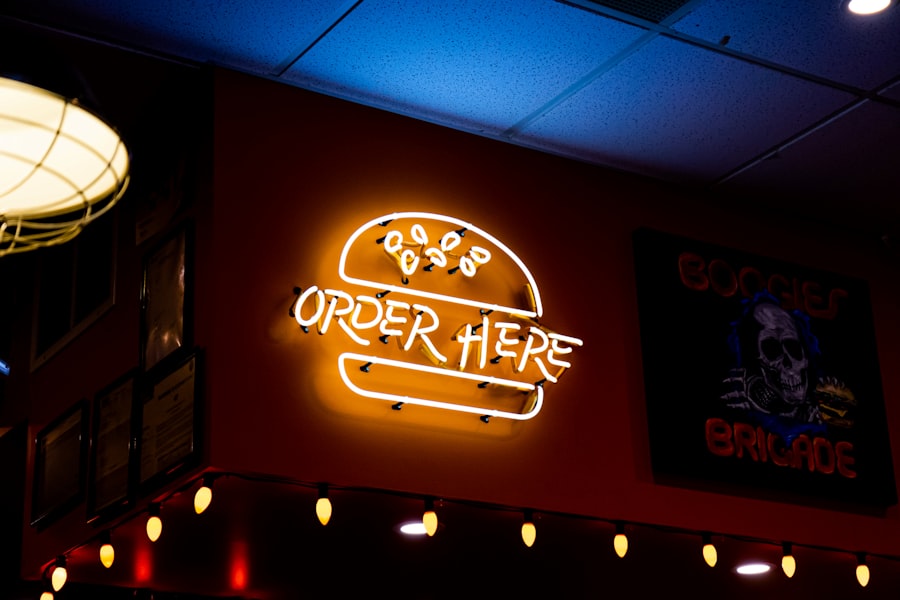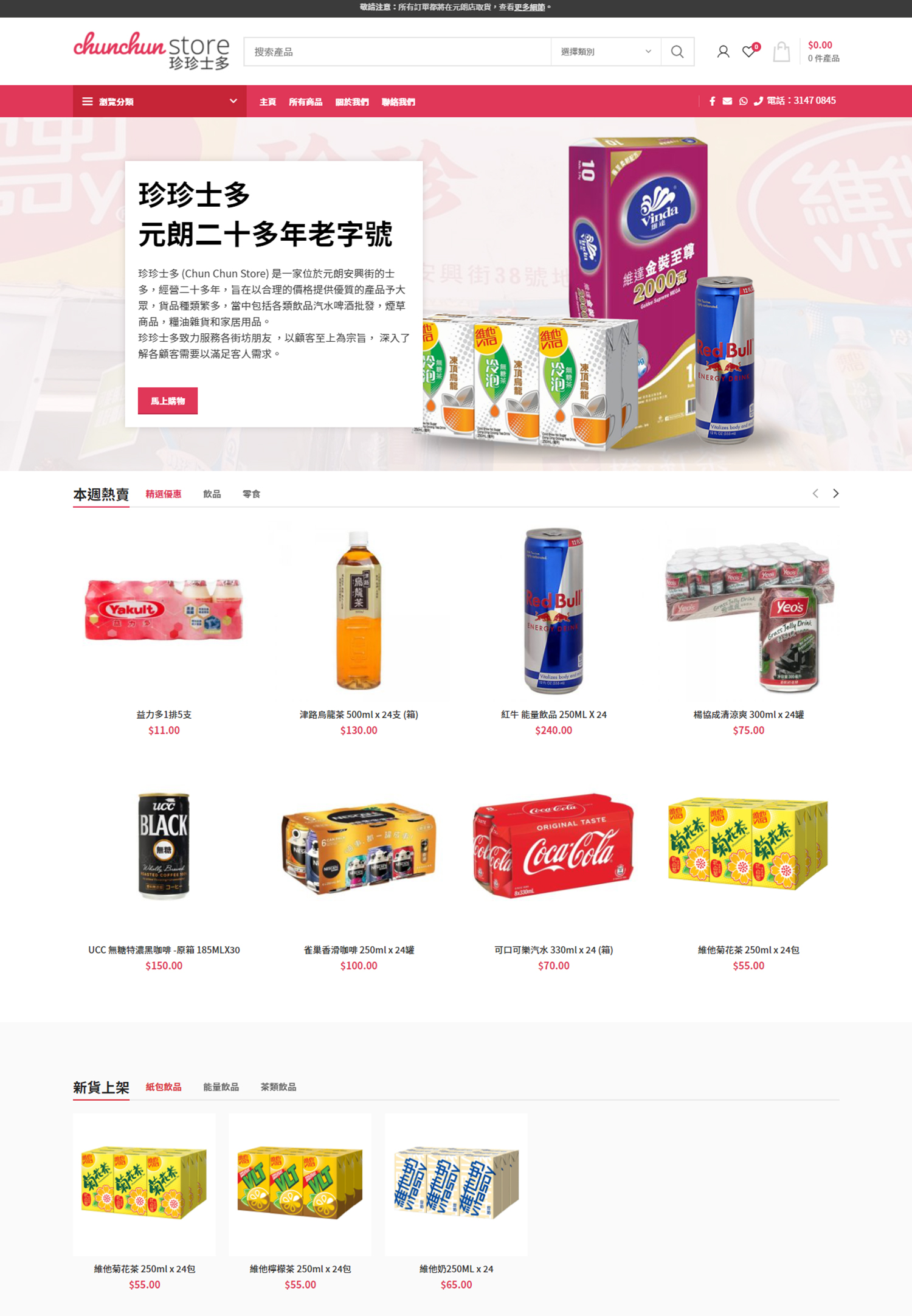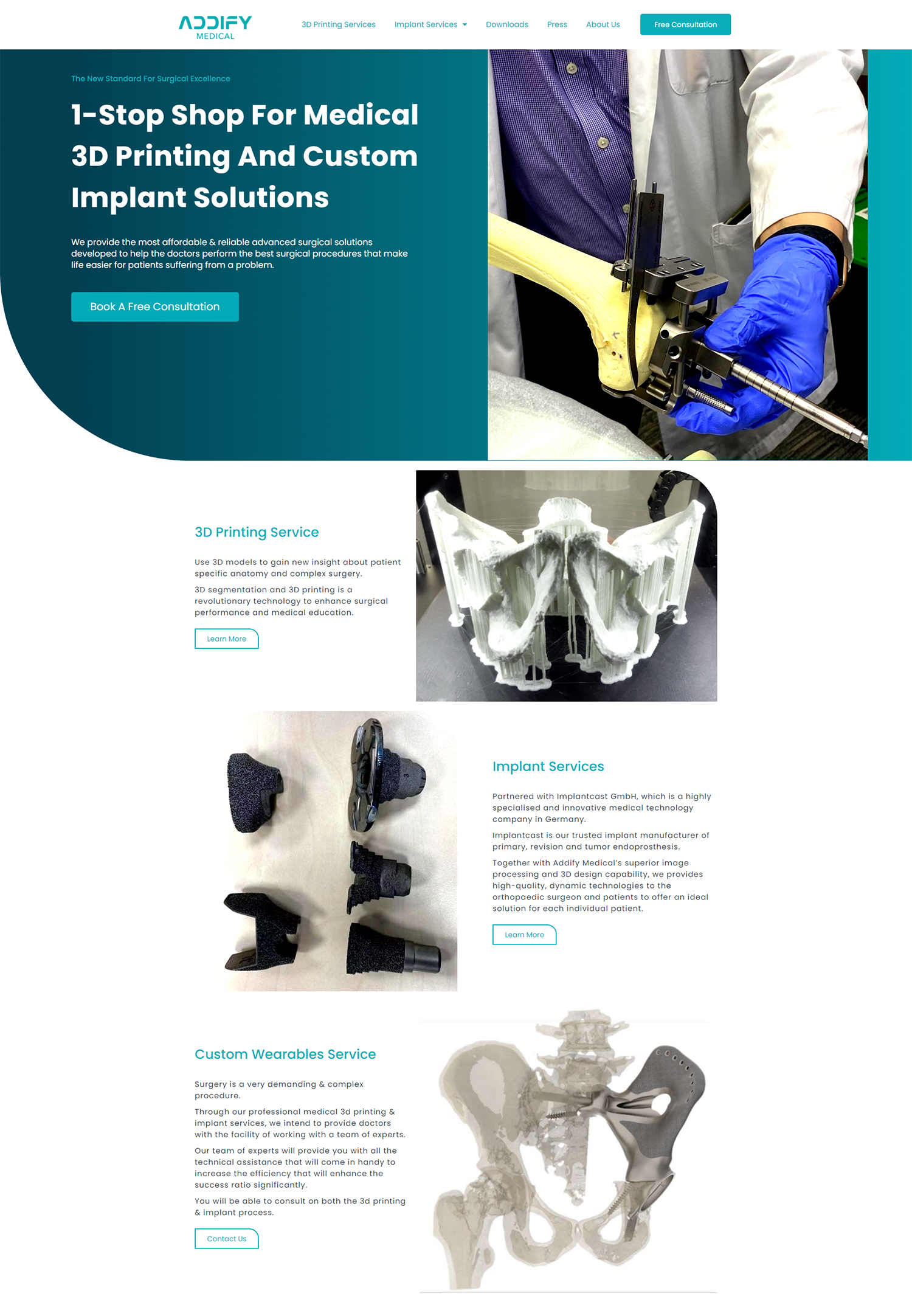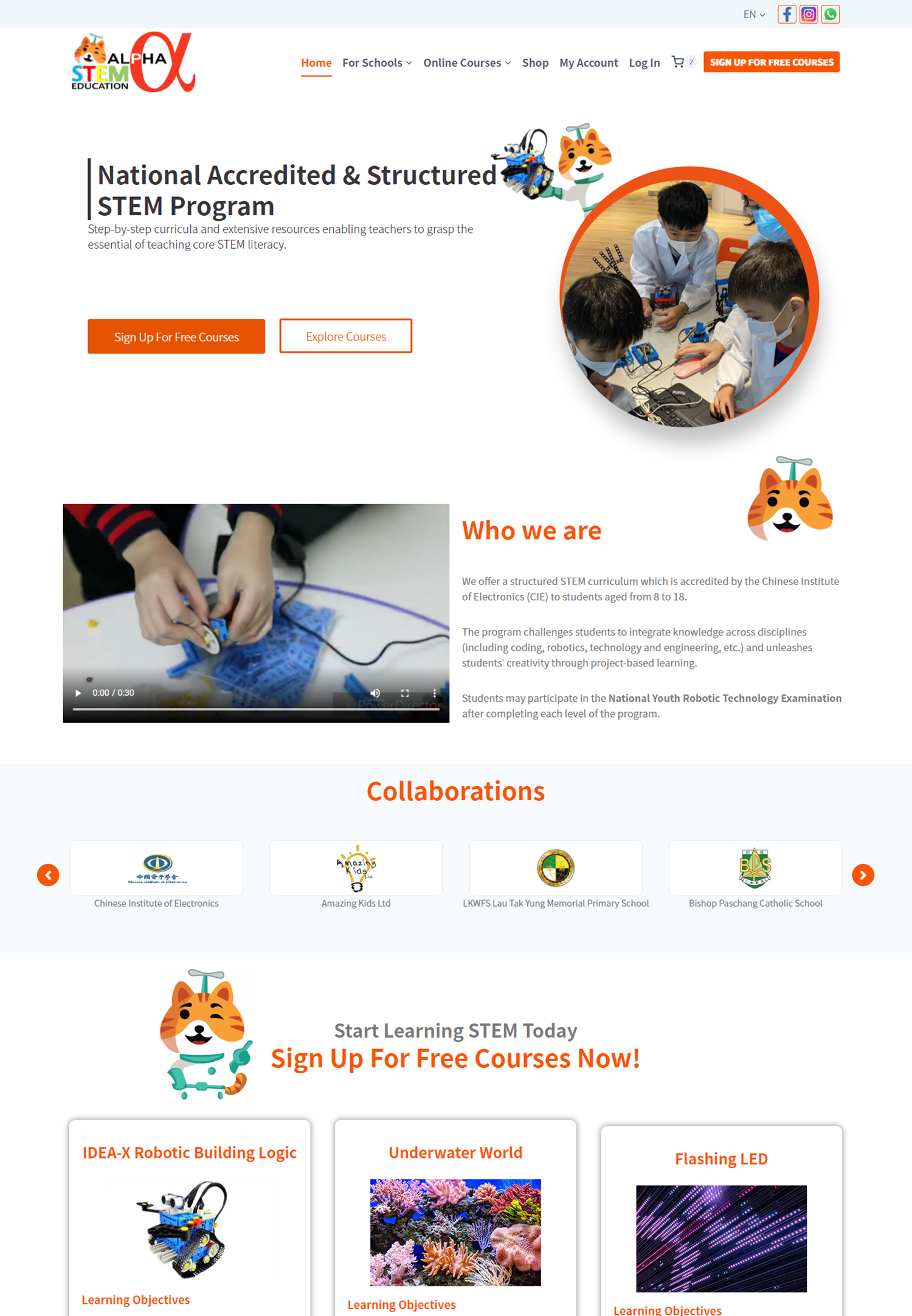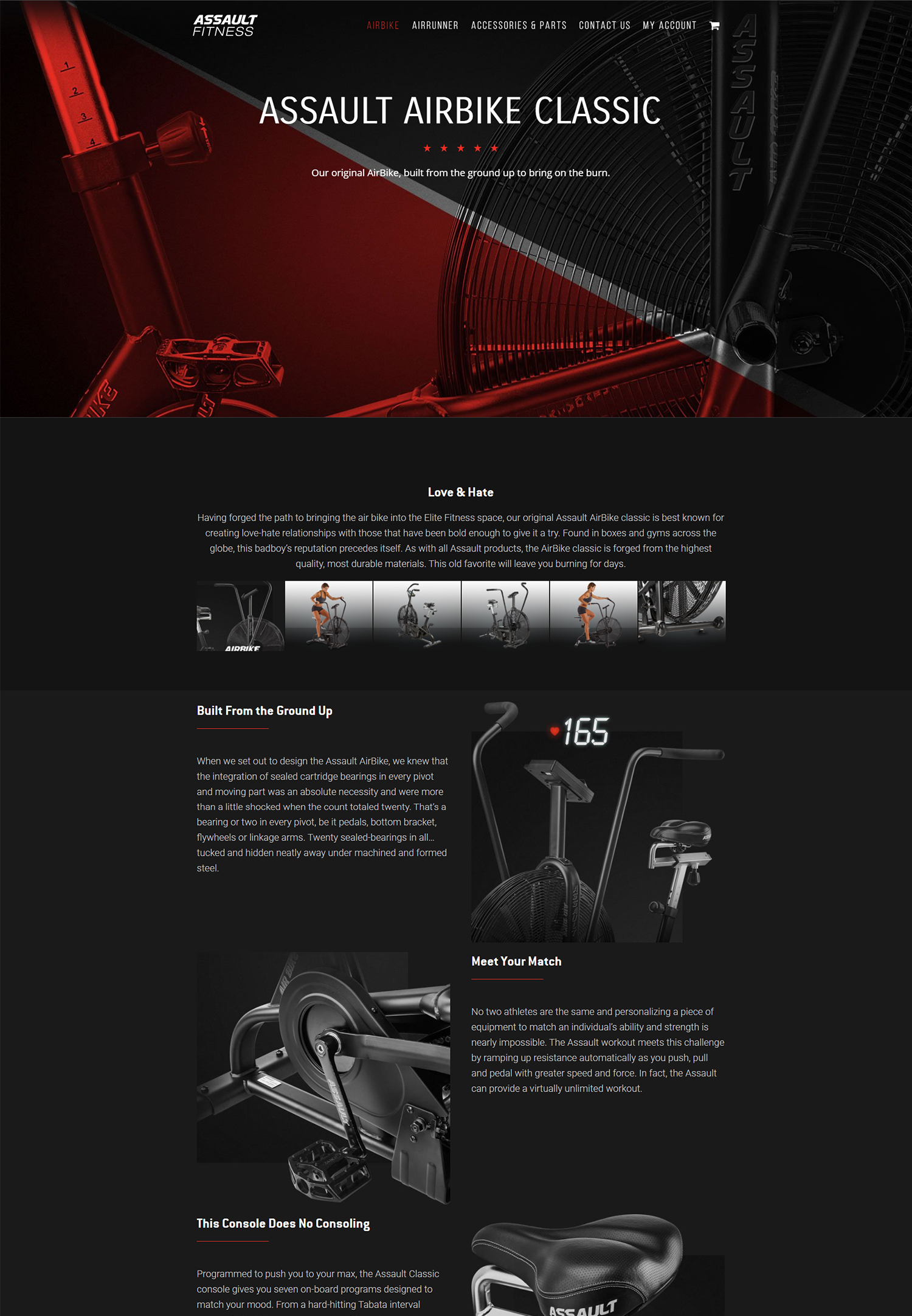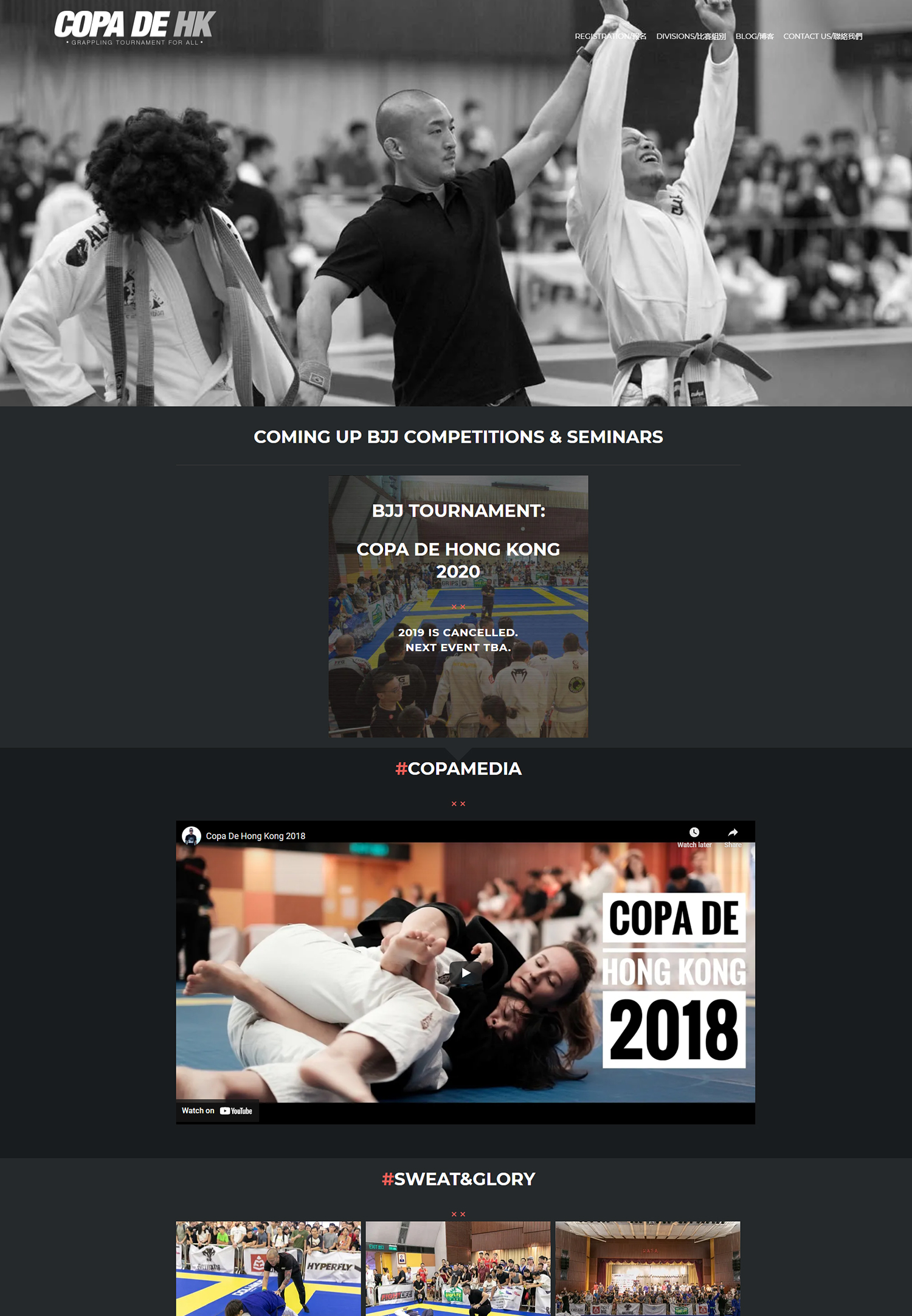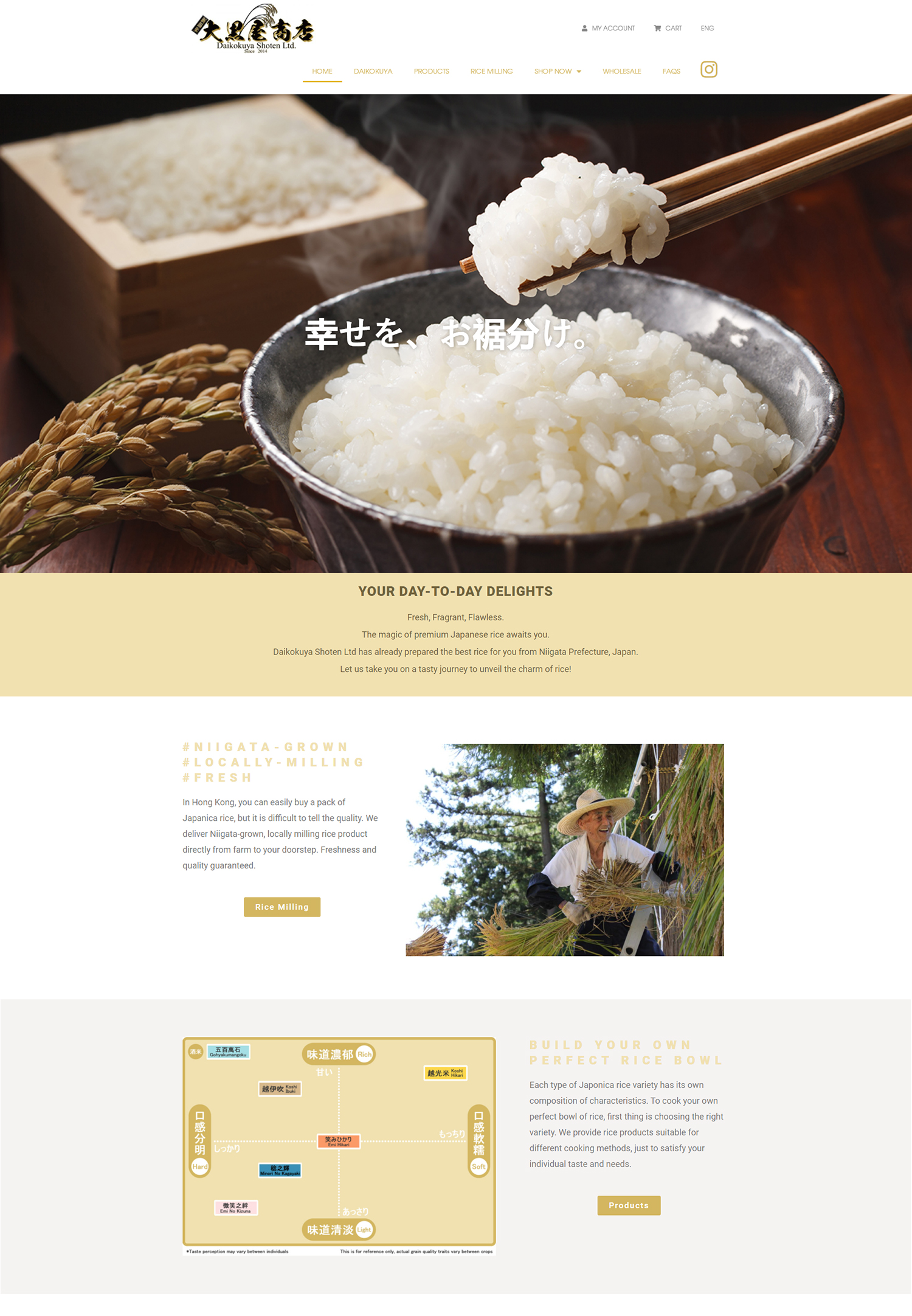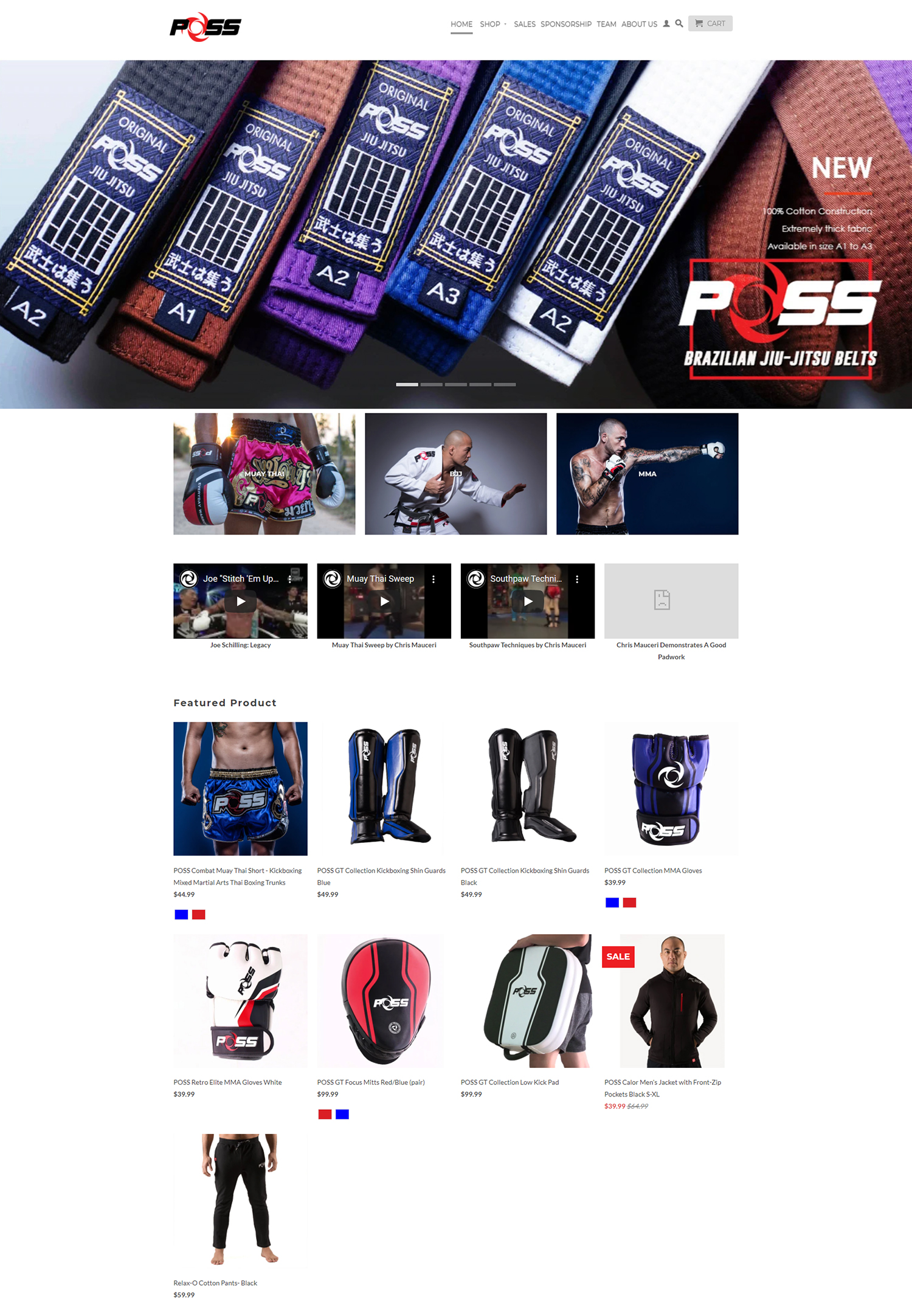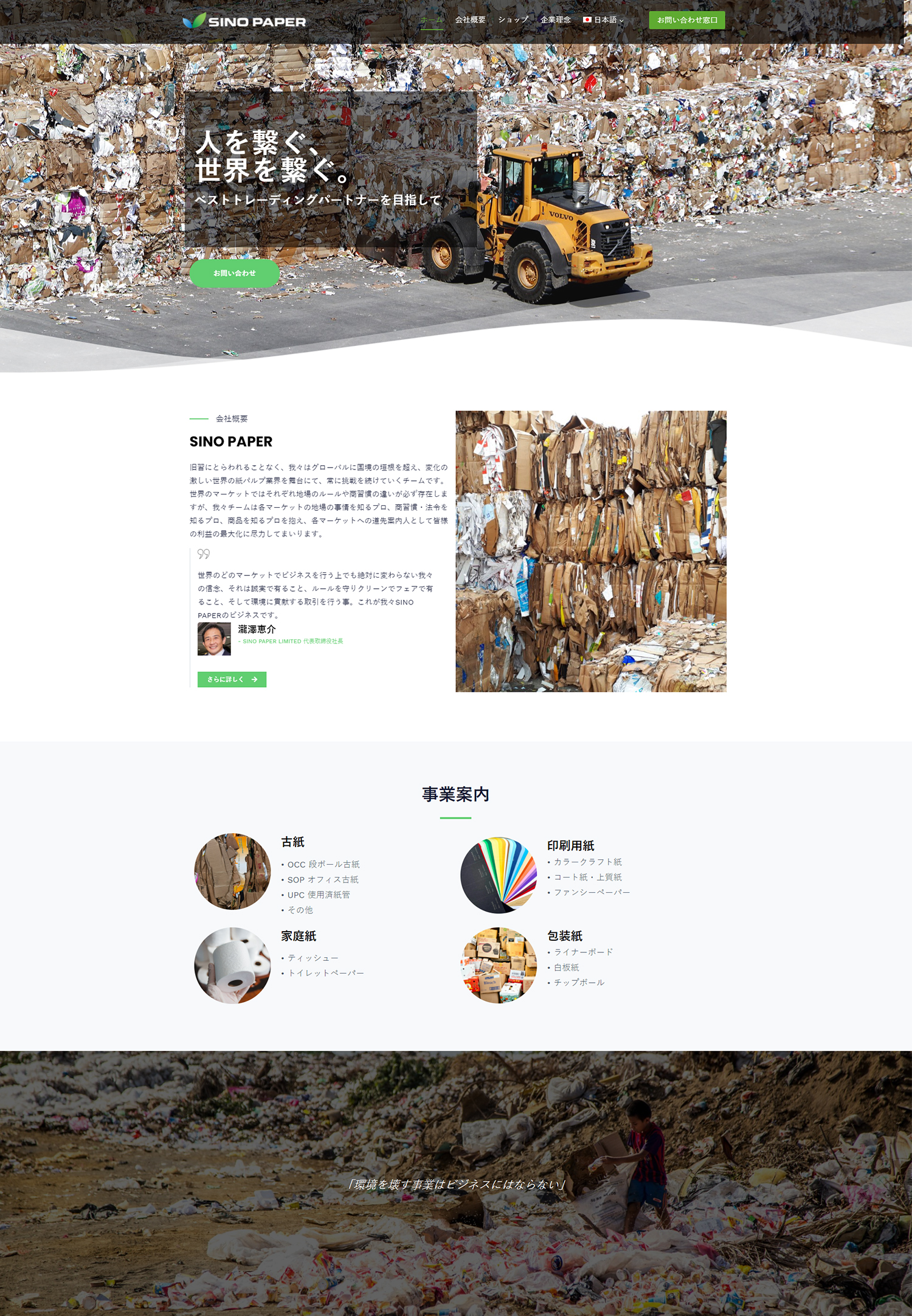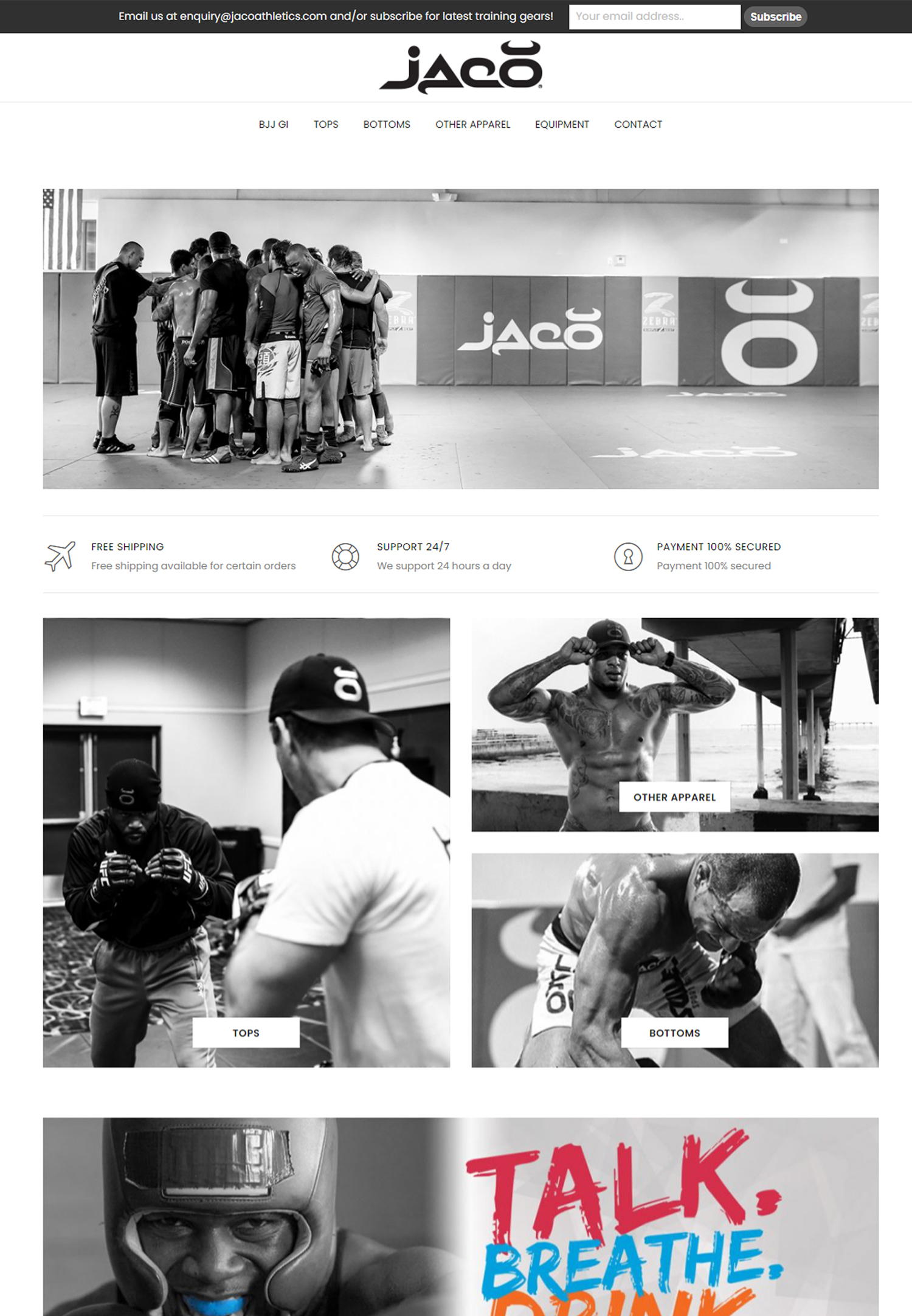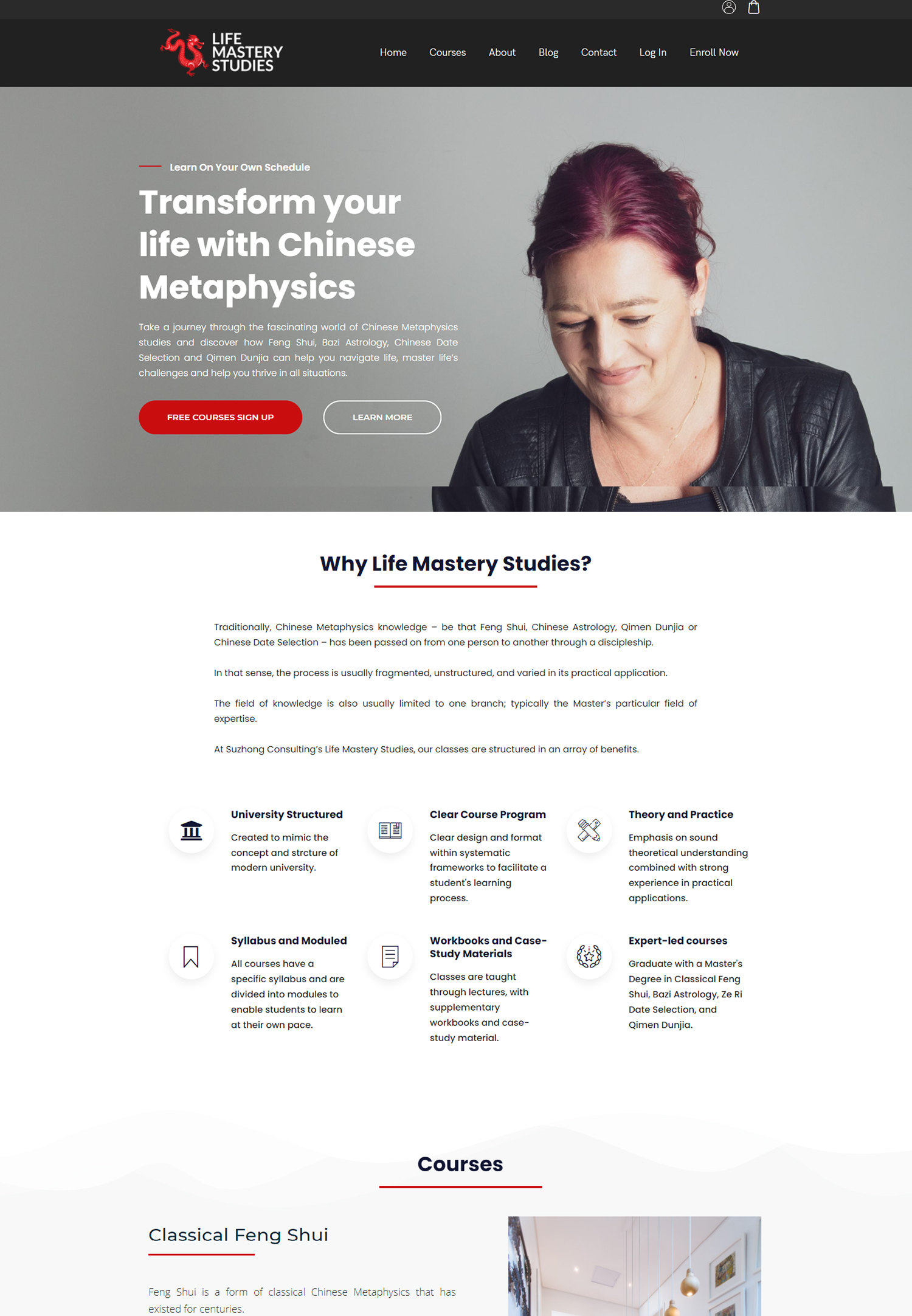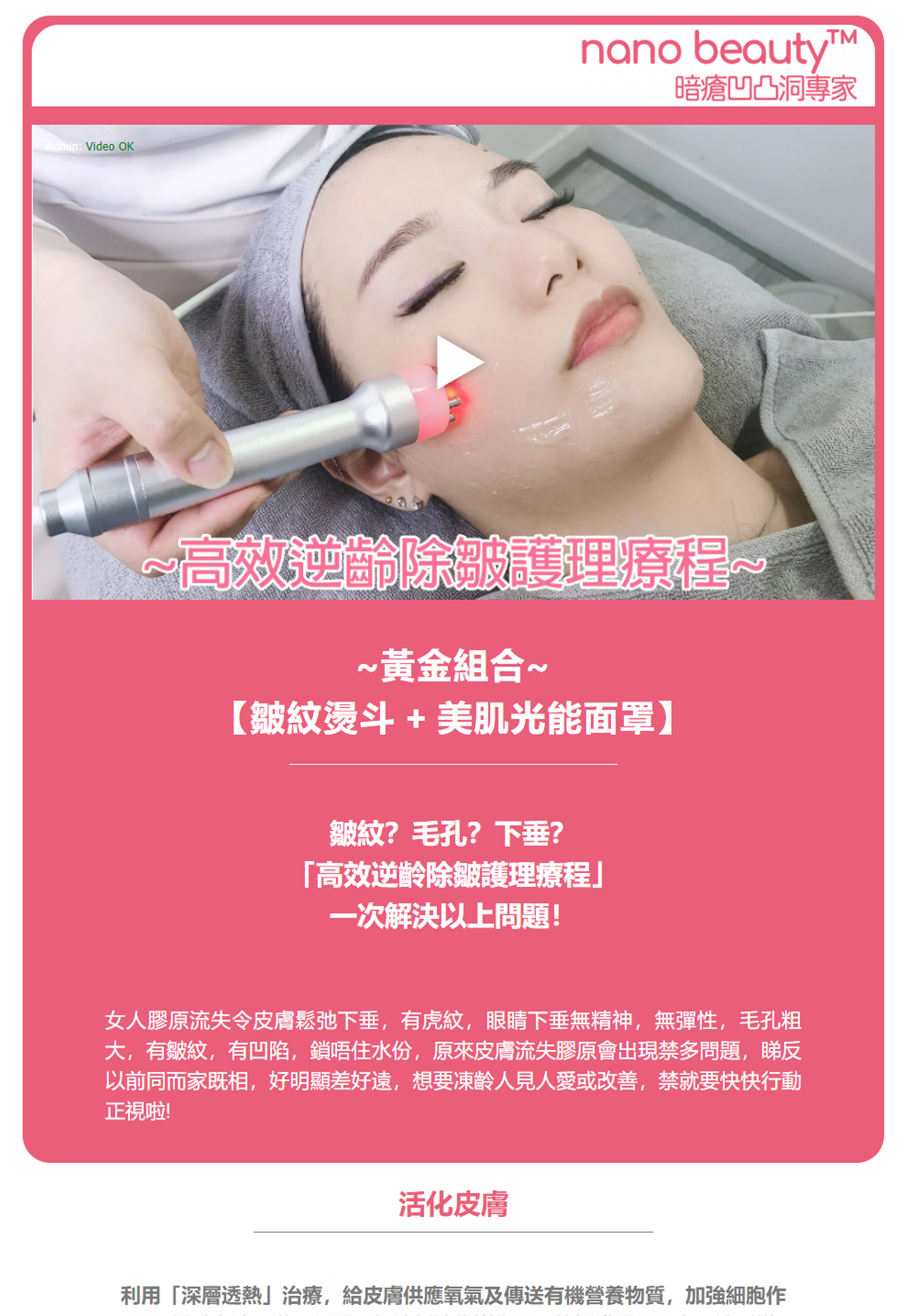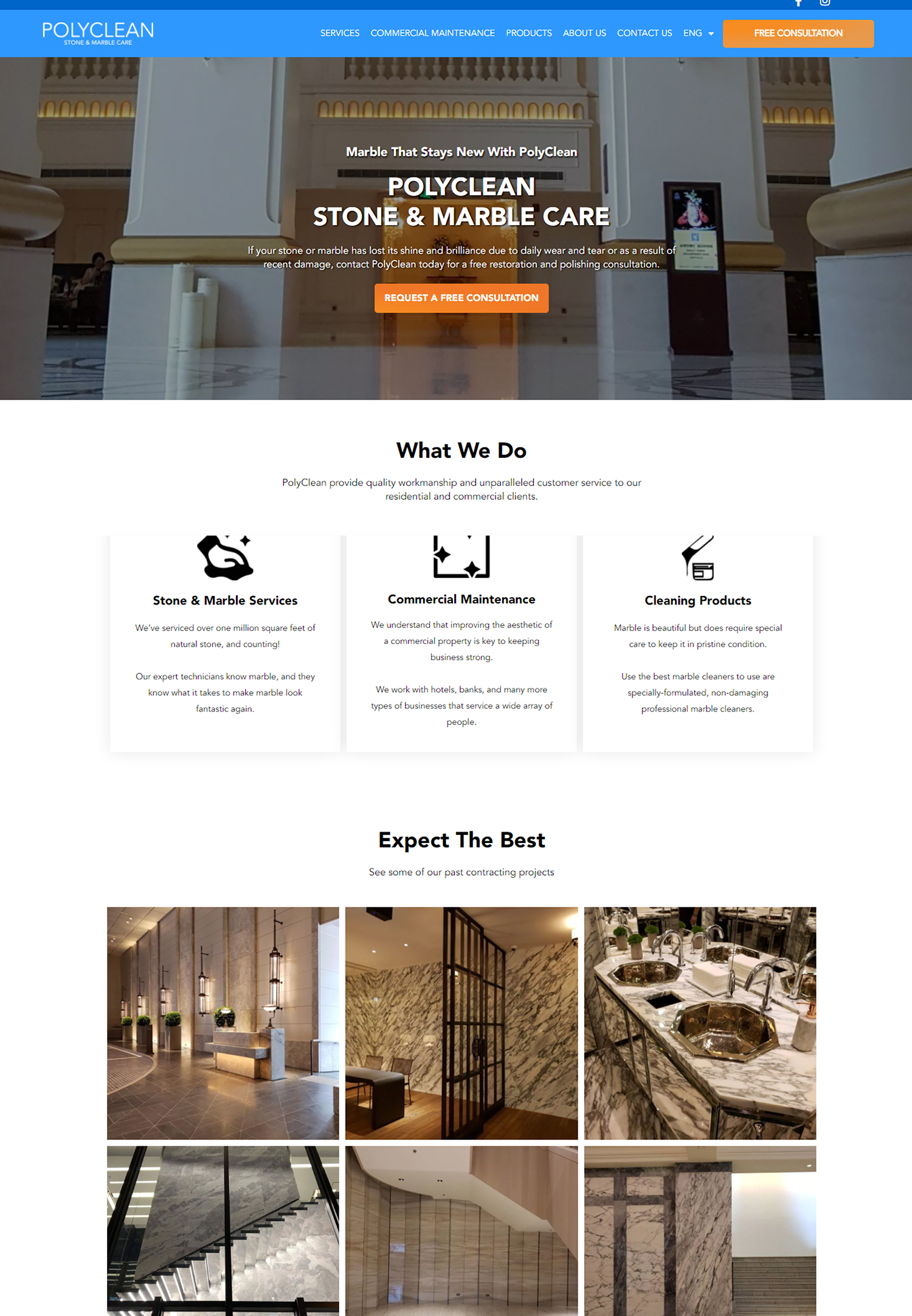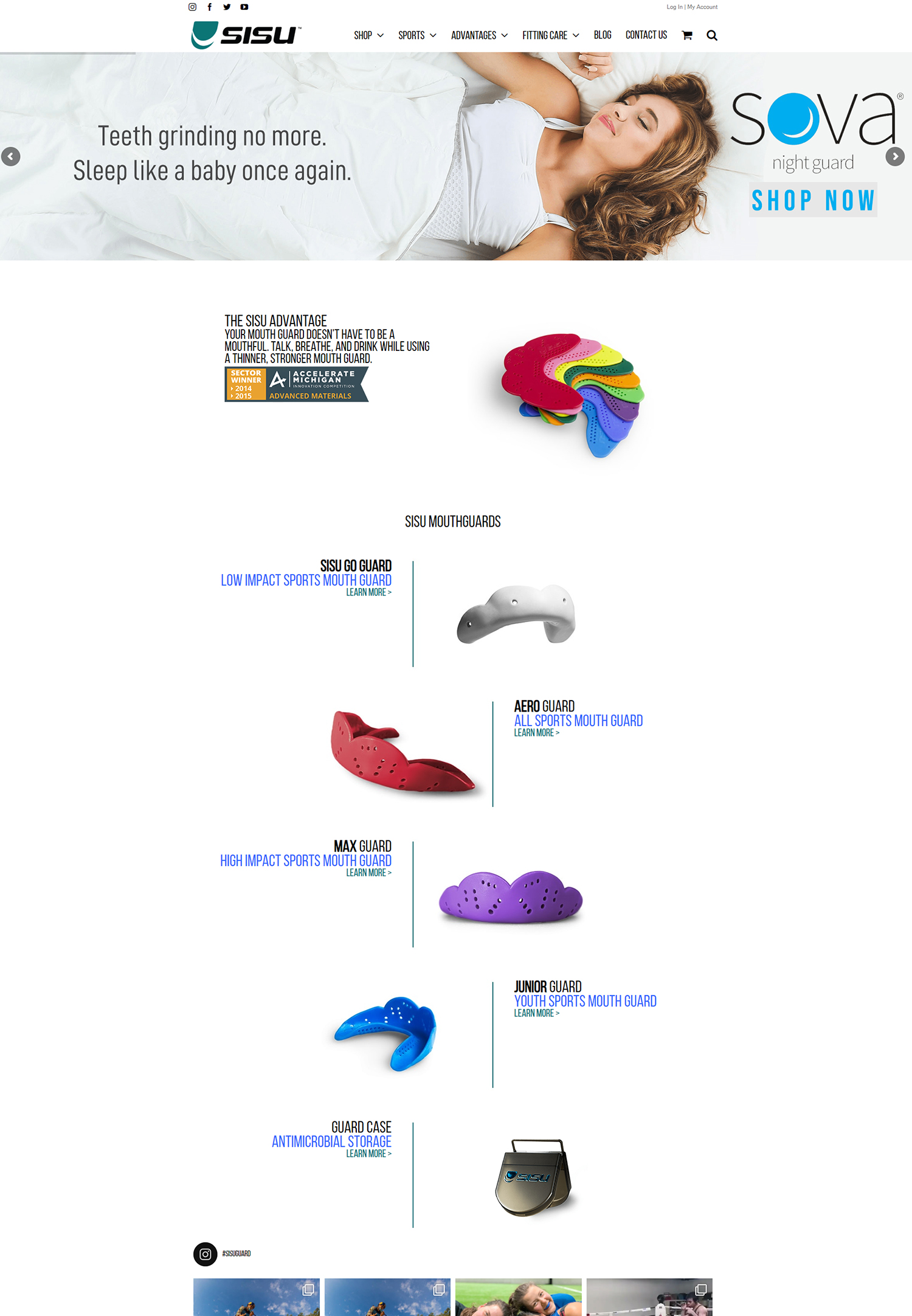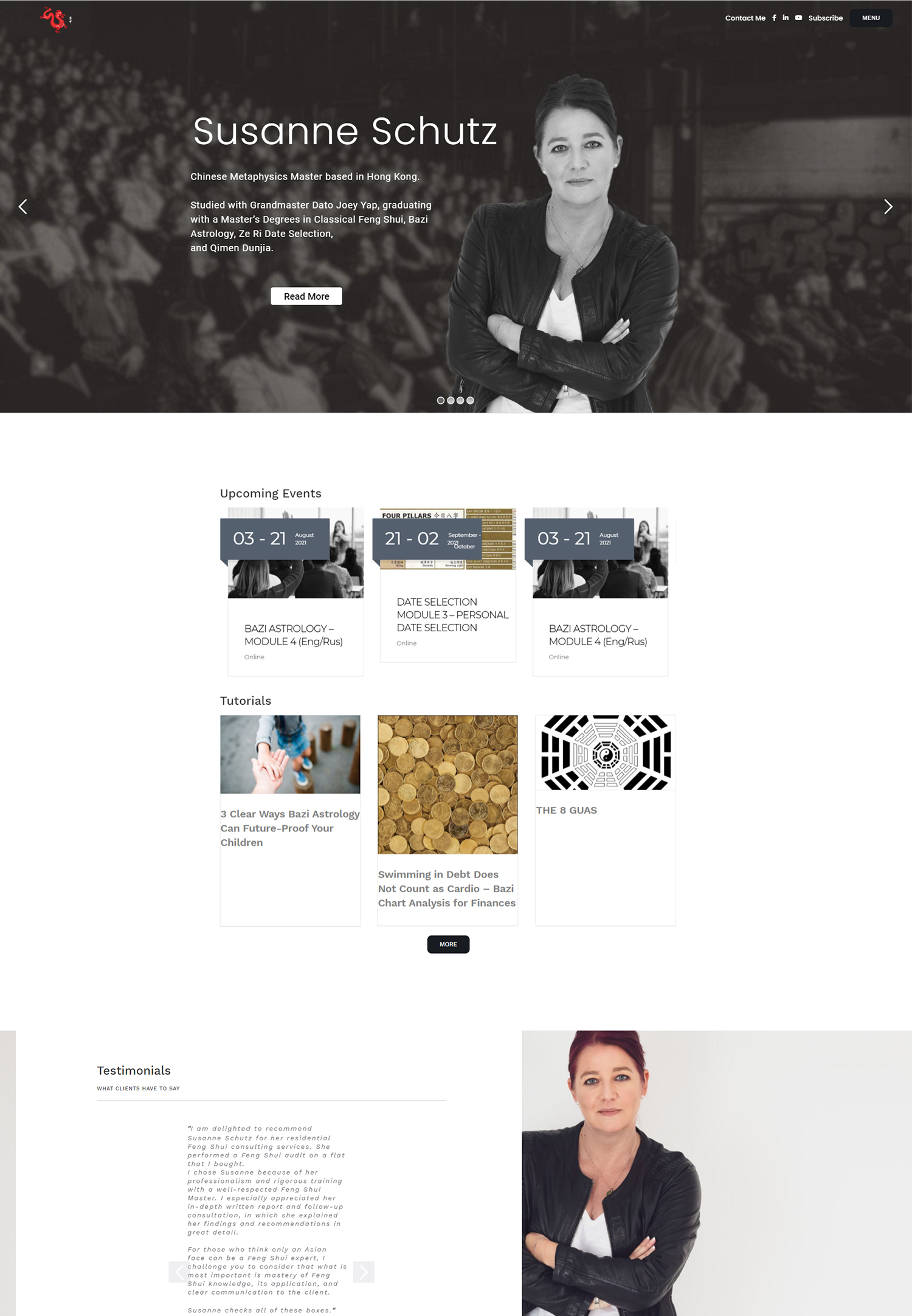In the realm of e-commerce, the average order value (AOV) serves as a critical metric that reflects the average amount spent by customers per transaction. By understanding AOV, we can gain insights into customer behavior and purchasing patterns, which can ultimately guide our marketing strategies and sales tactics. A higher AOV indicates that customers are willing to spend more during their shopping experience, which can significantly impact our overall revenue.
Therefore, it becomes essential for us to focus on strategies that can effectively increase this figure. Moreover, AOV is not just a number; it is a reflection of our customers’ engagement with our products and services. When we analyze AOV, we can identify trends and preferences that inform our inventory decisions and promotional efforts.
For instance, if we notice that certain product categories consistently yield higher AOVs, we can tailor our marketing campaigns to highlight these items. By doing so, we not only enhance our understanding of customer preferences but also create opportunities for upselling and cross-selling, ultimately driving our business growth.
Key Takeaways
- Average order value is a crucial metric for understanding customer spending habits and maximizing revenue
- Cross-selling and upselling techniques can increase the average order value by encouraging customers to purchase additional or higher-value items
- Product bundling can entice customers to spend more by offering a discounted price for purchasing multiple items together
- Offering free shipping thresholds can incentivize customers to add more items to their cart to qualify for free shipping
- Creating a loyalty program can encourage repeat purchases and higher spending from loyal customers
Cross-selling and upselling techniques
Cross-selling and upselling are two powerful techniques that can significantly enhance our average order value. Cross-selling involves suggesting complementary products to customers based on their current selections, while upselling encourages customers to purchase a more expensive version of a product they are considering. Both strategies require a keen understanding of our customers’ needs and preferences, allowing us to present relevant options that resonate with them.
To effectively implement cross-selling, we can analyze customer purchase history and browsing behavior to identify products that naturally complement one another. For example, if a customer is purchasing a camera, we might suggest a memory card or a camera bag. By presenting these options at the right moment—such as during the checkout process—we can increase the likelihood of additional purchases.
Similarly, upselling can be achieved by highlighting premium versions of products that offer enhanced features or benefits. By clearly communicating the value of these upgrades, we can encourage customers to invest in higher-priced items, thereby boosting our AOV.
Implementing product bundling
Product bundling is another effective strategy for increasing average order value. By grouping related products together and offering them at a discounted price compared to purchasing each item separately, we create an enticing proposition for our customers. This approach not only simplifies the shopping experience but also encourages customers to buy more than they initially intended.
When we implement product bundling, it is crucial to consider the synergy between the items included in the bundle. For instance, if we sell skincare products, we might bundle a cleanser, toner, and moisturizer together. This not only provides customers with a complete skincare routine but also enhances their perception of value.
Additionally, we can promote these bundles through targeted marketing campaigns, emphasizing the savings customers will enjoy by purchasing the bundle rather than individual items. By doing so, we can effectively drive up our average order value while simultaneously enhancing customer satisfaction.
Offering free shipping thresholds
One of the most effective ways to encourage customers to increase their order size is by implementing free shipping thresholds. By setting a minimum purchase amount for free shipping, we create an incentive for customers to add more items to their carts in order to qualify for this benefit. This strategy not only enhances the shopping experience but also directly contributes to an increase in average order value.
To maximize the effectiveness of free shipping thresholds, we should carefully analyze our pricing structure and customer behavior. Setting the threshold too high may deter customers from completing their purchases, while setting it too low may not significantly impact AOV. By finding the right balance, we can encourage customers to explore additional products while feeling rewarded for reaching the free shipping threshold.
Additionally, promoting this offer prominently on our website and during the checkout process can serve as a constant reminder for customers to add more items to their carts.
Creating a loyalty program
A well-designed loyalty program can be a game-changer in driving customer retention and increasing average order value. By rewarding customers for their repeat purchases and engagement with our brand, we create a sense of belonging and appreciation that encourages them to spend more over time. Loyalty programs can take various forms, such as points systems, tiered rewards, or exclusive discounts for members.
When developing a loyalty program, it is essential for us to consider what will resonate most with our target audience. For instance, offering points for every dollar spent can motivate customers to increase their order size in order to earn rewards faster. Additionally, providing exclusive access to promotions or early product releases for loyalty members can create a sense of urgency and excitement around spending more with us.
By fostering this relationship with our customers through a loyalty program, we not only enhance their shopping experience but also drive up our average order value in the long run.
Utilizing personalized product recommendations
Personalization has become a cornerstone of effective marketing strategies in today’s digital landscape. By utilizing personalized product recommendations based on customer behavior and preferences, we can create tailored shopping experiences that resonate with individual customers. This approach not only enhances customer satisfaction but also presents opportunities for increasing average order value.
To implement personalized recommendations effectively, we can leverage data analytics tools that track customer interactions on our website. By analyzing browsing history, past purchases, and demographic information, we can curate product suggestions that align with each customer’s unique interests. For example, if a customer frequently purchases fitness-related items, we might recommend new workout gear or supplements that complement their previous purchases.
By presenting these personalized options at strategic points during the shopping journey—such as on product pages or in follow-up emails—we can encourage customers to explore additional items and ultimately increase their order size.
Providing limited-time offers and promotions
Creating a sense of urgency through limited-time offers and promotions is an effective way to encourage customers to make larger purchases. When customers perceive that an offer is time-sensitive, they are more likely to act quickly and add additional items to their carts in order to take advantage of the deal. This strategy not only drives immediate sales but also contributes to an increase in average order value.
To maximize the impact of limited-time offers, we should carefully consider the types of promotions that will resonate with our audience. Flash sales, percentage discounts on specific categories, or buy-one-get-one-free deals can all create excitement and urgency among customers. Additionally, promoting these offers through email marketing and social media channels can help us reach a wider audience and drive traffic to our website.
By effectively communicating the value of these limited-time promotions, we can motivate customers to make larger purchases before the opportunity expires.
Optimizing the checkout process for add-on purchases
The checkout process is a critical stage in the customer journey where we have the opportunity to influence final purchasing decisions. By optimizing this process for add-on purchases, we can create an environment that encourages customers to increase their average order value before completing their transactions. This involves strategically placing relevant product suggestions during checkout and ensuring that the process remains seamless and user-friendly.
One effective way to optimize the checkout experience is by incorporating a “frequently bought together” section that highlights complementary products based on what customers have already selected. This not only provides valuable suggestions but also reinforces the idea that these items enhance one another’s value. Additionally, minimizing friction during checkout—such as reducing the number of steps required or offering guest checkout options—can help prevent cart abandonment and encourage customers to finalize their purchases with additional items in tow.
In conclusion, increasing average order value is essential for driving revenue growth in e-commerce. By employing strategies such as cross-selling and upselling techniques, implementing product bundling, offering free shipping thresholds, creating loyalty programs, utilizing personalized recommendations, providing limited-time offers, and optimizing the checkout process for add-on purchases, we can effectively enhance our customers’ shopping experiences while simultaneously boosting our bottom line. As we continue to refine these strategies and adapt them to our unique audience, we position ourselves for sustained success in an increasingly competitive marketplace.


